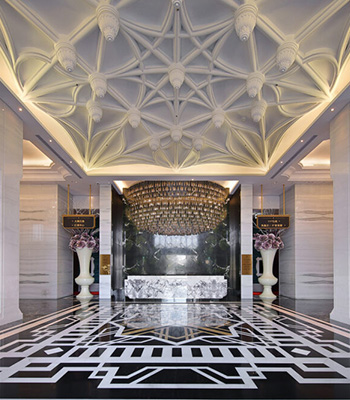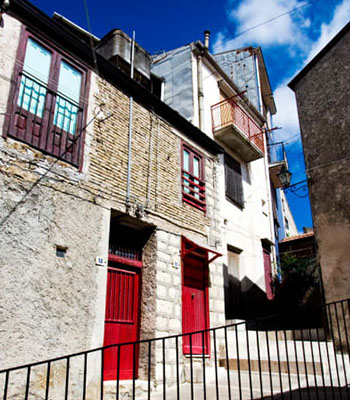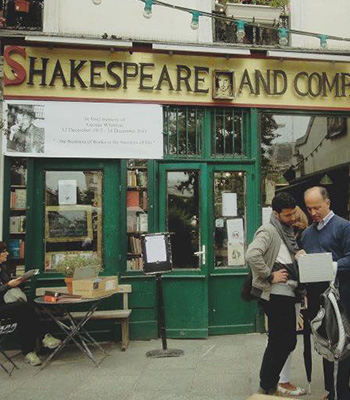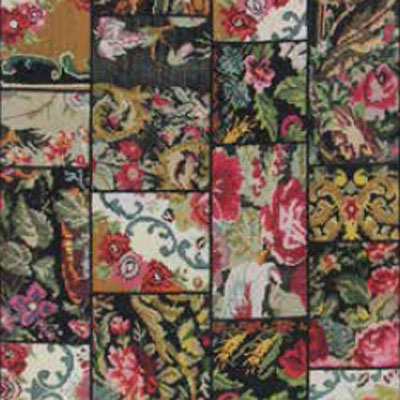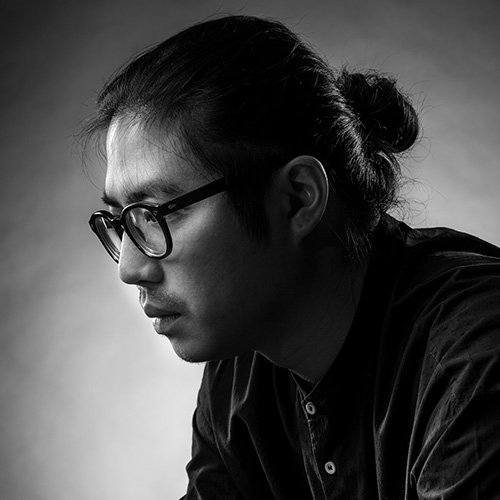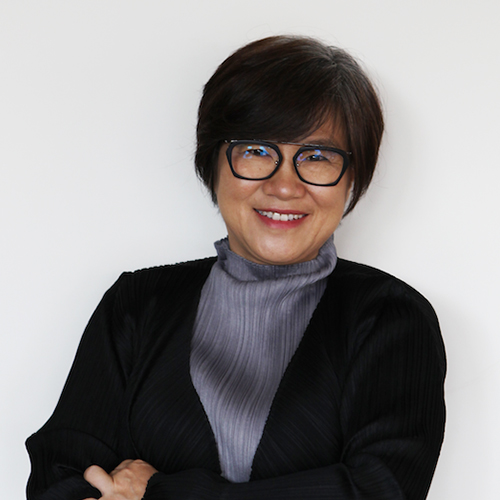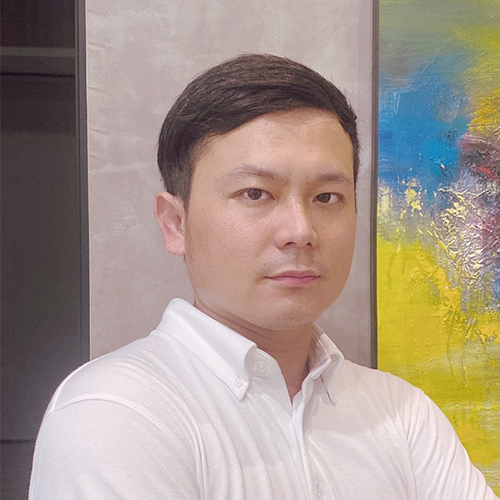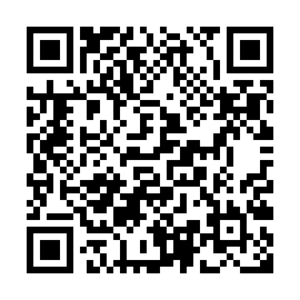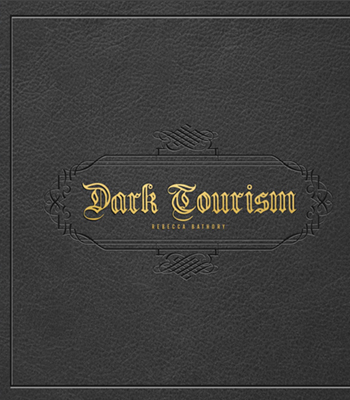
暗黑觀光之世界文獻參考與分析
深入了解、學習和研究黑暗旅遊的那些書籍和論文中的文學評論,尤其是研究巴黎的地下墓穴,在我看來,將它們付諸現實並進入商業領域確實很有趣但卻十分困難。
但是,我一直想了解更多有關觀光管理層的資訊,這些書滿足了我的需求。從需求和供應的角度,通過審查和研究來自世界各地的各種案例研究,探討了訪客動機,目的地管理和場所解釋的主題。 (米爾斯,2002年)從許多消息來源可以明顯看出,遊客對最近的死亡、災難和暴行的興趣在20世紀後期和21世紀初越來越普遍,而且學者已經註意到並試圖理解它。 (John Lennon&Malcolm Foley,2000)、Tarlow(2005:48)例如,將黑暗旅遊識別為發生悲劇或歷史上值得注意的死亡並繼續影響我們生活的地方的「訪問」,這一定義是一致的黑暗旅遊對某些地點來說有些狹窄,這也許暗示了特定動機。前往紀念館或拘留場所,包括墓地、紀念碑、墓穴和戰爭紀念館。進行此類拜訪的原因多種多樣,從對黃銅摩擦或墓誌銘收藏的興趣(Seaton,2002年)到朝聖,再到著名的安息之地,巴黎拉雪茲神父公墓就是一個經常被引用的例子。
Knowing, learning and studying literature review among those books and papers of dark tourism, and especially involving with Les Catacombes de Paris, it occurs to me that putting them into reality and into the business sector is really interesting and yet difficult. However, I’ve always wanted to know more about the management and these books fulfilled my need. The main themes of visitor motivation, destination management and place interpretation are addressed in the book from both a demand and supply perspective by examining and researching a variety of case studies from around the world. (Milles, 2002) It is clear from a number of sources that tourist interest in recent death, disaster and atrocity is a growing phenomenon in the late twentieth and early twenty-first centuries and that theorists have both noticed and attempted to understand it. (John Lennon & Malcolm Foley, 2000), Tarlow (2005:48), for example, identifies dark tourism as ‘visitations’ to places where tragedies or historically noteworthy death has occurred and that continue to impact our lives’, a definition that aligns dark tourism somewhat narrowly to certain sites and that, perhaps, hints at particular motives. Travel to memorials or internment sites, including graveyards, cenotaphs, crypts and war memorials. The reasons for such visits are diverse, from an interest in brass rubbing or epitaph collection (Seaton, 2002) to pilgrimages to the resting places of the famous, the Père Lachaise cemetery in Paris being an oft-quoted example.
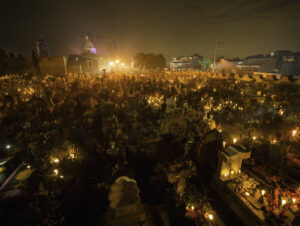
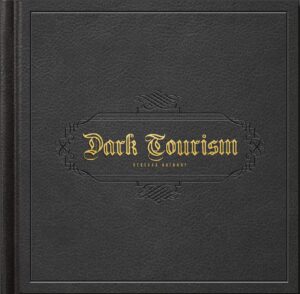
暗黑旅遊以其多種形式,差異性和隱藏性出現在生活中,顯然是供求關係的結果(Miles,2002年)。去年,麗貝卡・巴瑟裡(Rebecca Bathory)發行了一本印刷的暗黑旅遊攝影專輯,這無疑使暗黑旅遊變得病態而美麗的特殊氛圍。書裡將照片和她的話語描述了她在30個國家/地區旅行中整個黑暗旅行的過程,可以輕鬆地理解。考慮到影響,黑暗旅遊目的地的圖片會影響拍攝過的人,然後觀看它們的人將有助於使旅程的這一部分對理解黑暗旅遊具有重要意義。直到1990年代,「暗黑旅遊」一詞才開始用於此類旅行,並且人們對此類地點也有了更多的考慮。 (Bathory,2018)黑暗圖像的美在哪裡?黑暗遊客的吸引力是什麼?此外,黑暗遊客去這些目的地時的性情和習慣是什麼?他們的圖像如何在社交上被觀看並在新的社交媒體上分佈?「這是一個關於暗黑符號學的含義,捕獲和流通以及當代社會所揭示內容的項目。 (Bathory,2018年)」她還提到:「暗黑旅遊作為一種跨學科的研究領域正在逐漸被人們所接受,這是一個跨學科的研究領域。」當然,這將支持我的論點。本文的案例研究位於法國巴黎。我把注意力集中在法國的暗黑旅游上。 Korstanje和Clayton(2012)在恐怖主義和旅遊業之間建立了明確的聯繫:兩者都需要有效的現代技術;都依靠媒體;兩者都需要操縱觀念和態度。他們還發現了兩者之間的主要區別:恐怖主義是指積極計劃他人的死亡,而旅遊業是指享受生活並拒絕讓自己的假期計劃受到任何干擾。
Dark tourism, in its numerous forms, variations and guises, is evidently a function of both demand and supply (Miles, 2002) Last year, Rebecca Bathory published a hard copy of dark tourism photography album, and it certainly gives dark tourism a morbid beautiful vibe. With photographs and her words describing dark tourism throughout her journeys across 30 countries, an easier and friendly understanding can be found. Considering the influence, the pictures of dark tourism destination have on those that have taken them and then those that view them will help to expose this part of the journey as significant in the understanding of dark tourism. It was only in the 1990s that term ‘dark tourism’ began to be used for this kind of travel and there was more consideration of such sites. (Bathory, 2018) Wherein lies the beauty of the dark image? What is the attraction of the dark tourist attraction and, moreover, the disposition and practice of the dark tourist away from and upon return home? How are their images viewed socially and distributed over new social media?” It is a project about the meaning, capture and circulation of a dark semiotics and what that reveals about contemporary society. (Bathory, 2018) She also mentioned: “Dark tourism is coming ‘into the light’ as an interdisciplinary field of studies, one largely dominated by tourism studies.” It certainly would support my approach of my argument of the thesis. In this thesis, case study is located in Paris, France; I narrowed down to the dark tourism in France. Korstanje and Clayton (2012) established some clear links between terrorism and tourism: both need modern technology to be effective; both rely on media; and both require the manipulation of perceptions and attitudes. They also identified a major difference between both: terrorism is about actively planning the deaths of others, whereas tourism is about enjoying life and refusing to have one’s holiday plans disrupted by anything (even terrorism).
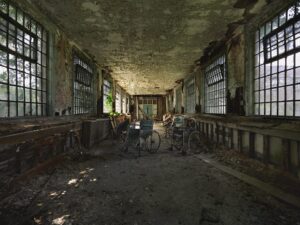
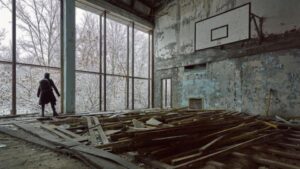
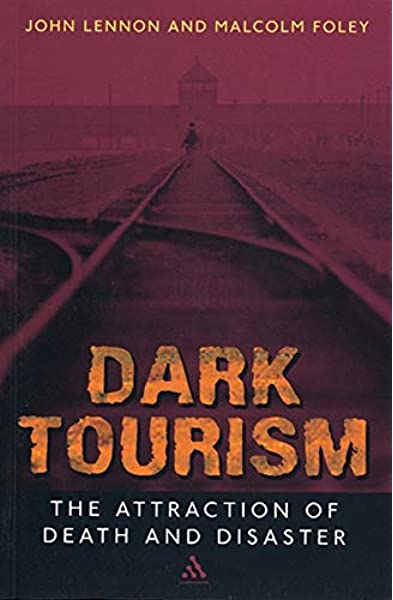
以法國為例,它是世界上最受歡迎的旅遊目的地(就遊客數量而言,如前幾章所述),答案可能會支持Korstanje和Clayton(2012年),他們將暗黑旅遊業視為恐怖主義的系統性結果以及他們關於「旅遊業非凡的彈性和適應性」的主張(Korstanje和Clayton,2012年,第20頁)。 Dorey(2016)在她的文獻綜述中提供了關於黑暗旅遊的清晰介紹。文獻綜述的目的是提供她的分析的簡明版本,重點是暗黑旅遊的起源,這是學術研究的新領域(Price,2005)。 Lennon和Foley(1996)為定義暗黑旅遊景點與對死亡的特殊興趣之間的關係,首先討論了「暗黑旅遊」一詞。諸如Seaton(1996)等其他學者將這種活動稱為「超自然旅遊」、「病態旅遊」和「黑點」,用來形容對發生死亡或悲劇的地方的迷戀。 Dalton(2015)概述了暗黑的旅遊景點通常是種族滅絕和大屠殺的地點,實施恐怖行為的地點或侵犯基本人權的地點。儘管與死亡和災難相關的遺址的訪問已經發生了很多年(Stone,2006),但直到最近才在學術上發現了這種日益嚴重的現象,在照片集中也提到了巴斯托里。 (Bathory,2018)
Taking the example of France, it is the most popular tourist destination in the world (in terms of number of visitors like mentioned in earlier chapters) The answer could support Korstanje and Clayton (2012), who present dark tourism as a systematic outcome of terrorism and their claim about ‘the extraordinary resilience and adaptability of the tourism industry’ (Korstanje and Clayton, 2012, p. 20). Dorey (2016) provides in her literature review a sharp presentation of dark tourism. The aim here in the literature review is to provide a condensed version of her analysis, with a focus on the origin of dark tourism, a new field of academic research (Price, 2005). Lennon and Foley (1996), to define the relationship between dark tourism attractions and a specific interest in death, first discussed the term ‘dark tourism’. Other academics such as Seaton (1996) have referred to this activity as “thanatourism”, “morbid tourism” and “blackspots”, is used to describe a fascination for travelling to places where death or tragedy has occurred. Dalton (2015) outlines how dark tourism sites are typically places of genocide and mass murder, locations where terrorist acts have been executed or places where basic human rights have been violated. Although the visitation of sites associated with death and disaster have occurred over many years (Stone, 2006), it is only recently that this growing phenomenon has been academically identified, also Bathory in the photographs collection mentioned. (Bathory, 2018)
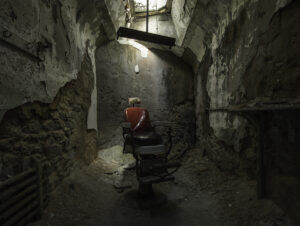
此外,重要的是要考慮暗黑旅遊的不同程度和類型。在這個暗黑的旅遊領域,不可能錯過斯通創造的「暗黑旅遊光譜」。 (Stone,2006年)圍繞暗黑旅遊業的主要辯論涉及這種現像是由供應還是需求驅動。 (Smith, 2010)概述了這些術語的簡單解釋。從供應的角度來看,重點放在提供或交付服務或體驗的組織和業務上。相反,需求側重於尋找或參與旅遊活動的消費者。但是,斯通和夏普利(Stone and Sharpley,2008)描述了暗黑旅遊的本質,無論其是供需還是需求驅動,仍然不確定。 Sharpley(2005)認識到「基於供求雙方目的強度的不同,可能會發現不同的暗黑旅遊『陰影』(Stone and Sharpley,2008,p。579)。」 Sharpley(2005)描述了這如何取決於消費者對死亡的迷戀程度以及場所或目的地能夠促進死亡的程度,以及吸引力或體驗可被標記為淡還是暗(Stone)。和Sharpley,2008年,第579頁)。確實,總體上有一些關於暗黑旅遊的研究,我們現在知道存在某些特定的目的地,但是,特別是在法國,暗黑旅遊的研究還很少。似乎有一些景點,例如Pere Lachaise公墓; Oradour sur Glane「鬼村」;或穆罕默德・梅拉(Mohamed Merrah)在圖盧茲(Toulouse)的房屋,雖然受到遊客的歡迎,但不能視為旅遊勝地或本身就是暗黑的旅遊目的地;因為周圍沒有組織或經濟活動。
Furthermore, it is important to consider the varying degrees and types of dark tourism. In this dark tourism field, it is impossible to miss the ‘dark tourism spectrum’ created by Stone. (Stone, 2006) A central debate surrounding dark tourism relates to whether this phenomenon is supply or demand driven. Smith (2010) outlines a simple explanation of these terms. From a supply perspective, emphasis is placed on organizations and businesses that provide or deliver the service or experience. The opposite side, demand, focuses on the consumer seeking or participating in tourism activity. However, Stone and Sharpley (2008) describe how the nature of dark tourism, whether it is supply or demand driven, remains uncertain. Sharpley (2005) recognizes that “based upon differing intensities of purpose with respect to both supply and demand, different ‘shades’ of dark tourism may be identified” (Stone and Sharpley, 2008, p. 579). Sharpley (2005) describes how this is reliant on the extent of the consumer’s fascination with death and the degree to which the site or destination is able to facilitate this, as to whether the attraction or experience can be labeled as either pale or dark (Stone and Sharpley, 2008, p. 579). Indeed, there are some researches about dark tourism in general, we now know some certain destination exist, however, specifically, dark tourism in France, and research is rather very little. It appears that a few sites like Pere Lachaise Cemetery; Oradour sur Glane “ghost village”; or Mohamed Merrah’s house in Toulouse, are visited by tourists, but cannot be considered as tourism sites or a dark tourism destination per se; as there is no organization or economic activity build around them.
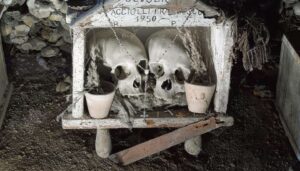
從本文的案例研究中可以期待– Les Catacombes de Paris巴黎地下墓穴是法國唯一幾個著名的的暗黑旅遊勝地,被稱為法國的官方旅遊勝地。這些例子表明,並非每一個發生創傷事件的地點都係統地進行暗黑旅遊,尤其是在法國。如果無法阻止人們訪問這些類型的地點,政府有時會對臭名昭著的地點(人們被謀殺或埋葬的地方)保密,以避免所謂的暗黑旅遊的發展(Hartmann,2014年)。因此,出於道德考慮,似乎是一些景點周圍的暗黑旅遊系統發展的障礙。如前所述,背景,文化和歷史也可能成為暗黑旅遊系統發展的障礙。沒有關於暗黑旅遊的簡單定義,沒有圍繞它的許多問題的簡單答案,也沒有對暗黑地區開發和推廣所固有的挑戰或困境的快速解決方案。 (Sharpley&Stone,2009)
Expect from the case study in this thesis – Les Catacombes de Paris is the only dark tourism destination in France where is known as an official visiting site in France. These examples show that dark tourism does not happen systematically at every site where traumatic events have occurred – especially in France. If it is not possible to stop people from visiting these types of locations, governments sometimes keep notorious locations (where people have been murdered or buried) secret to avoid the development of the so-called dark tourism” (Hartmann, 2014). It seems therefore that ethical considerations are a barrier to the systematic development of dark tourism around some sites. As mentioned earlier, context, culture and history can also be barriers to the systematic development of dark tourism. There are no simple definitions of dark tourism, no simple answers to many of the questions that surround it, and no quick solutions to the challenges or dilemmas inherent in the development and promotion of dark sites. (Sharpley & Stone, 2009)
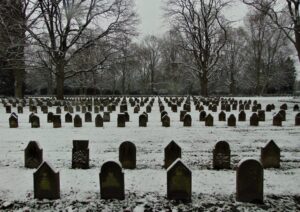
圖/文/ Christina Tseng
攝影/ Websites

